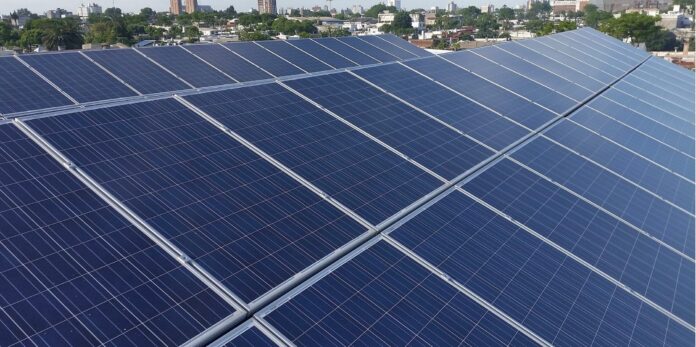In this article, we will explore the significant benefits of community solar projects and how they can help individuals and communities save on energy bills. Community solar initiatives have gained traction in recent years as an innovative solution to make renewable energy more accessible and affordable to a broader range of people. By participating in a community solar project, individuals can tap into the benefits of solar energy without the need for installing solar panels on their own properties. Let’s delve into the details and discover the advantages of community solar projects.
Understanding Community Solar Projects
Community solar projects, also known as solar gardens or shared solar programs, allow multiple participants to collectively benefit from a solar energy installation. A solar array is installed in a centralized location, such as a field or a rooftop, and the generated electricity is shared among community members who have subscribed to the project. This approach eliminates the need for individual households or businesses to invest in their own solar panels, making solar energy accessible to those who may face financial or logistical barriers.
The Mechanics of Community Solar
Community solar projects operate on a simple principle. Here’s how it typically works:
- Development: A solar project is planned and developed by a third-party entity or a utility company.
- Subscription: Community members can subscribe to the project by purchasing or leasing a portion of the solar energy generated.
- Energy Allocation: The electricity generated by the solar array is credited to the subscribers’ utility bills, offsetting their energy consumption.
- Cost Savings: Participants enjoy cost savings by receiving credits or reduced rates for the solar energy they consume.
Advantages of Community Solar Projects
1. Financial Savings
Participating in a community solar project can result in significant financial savings for subscribers. By offsetting a portion of their energy consumption with solar power, individuals can reduce their monthly electricity bills. As utility prices continue to rise, community solar offers a stable and predictable alternative, protecting participants from future increases in electricity costs.
2. Accessibility and Inclusivity
Traditional solar panel installations require suitable roof space, optimal orientation, and upfront investment, limiting access to solar energy for many households. Community solar projects eliminate these barriers by allowing anyone within the community to participate, regardless of their property type or location. This inclusivity ensures that renewable energy benefits are distributed more equitably.
3. Environmental Impact
By supporting community solar, individuals contribute to the reduction of greenhouse gas emissions and the transition to a cleaner energy future. Solar energy is a renewable source that produces clean electricity, significantly reducing carbon emissions compared to fossil fuel-based power generation. Community solar initiatives make it easier for individuals to actively participate in the fight against climate change.
4. Education and Awareness
Community solar projects often serve as educational platforms, promoting awareness about renewable energy and its benefits. Participants have the opportunity to learn about solar energy generation, installation processes, and the environmental advantages of utilizing renewable sources. This increased awareness fosters a sense of environmental responsibility and encourages the adoption of sustainable practices within the community.
5. Local Economic Development
Community solar projects can stimulate local economic development by creating jobs and supporting the growth of the renewable energy sector. These projects require skilled workers for installation, maintenance, and administration, providing employment opportunities within the community. Additionally, the development of community solar projects can attract investments and contribute to the overall economic vitality of the region.
Conclusion
Community solar projects have emerged as a promising solution to promote renewable energy adoption while offering financial savings to individuals and communities. By enabling broader access to solar power, community solar initiatives help reduce energy bills, increase environmental sustainability, and foster local economic growth. The advantages of community solar, including financial savings, accessibility, environmental impact, education, and local economic development, position it as a compelling alternative to traditional energy sources. Embracing community solar projects can lead us toward a more sustainable future.








